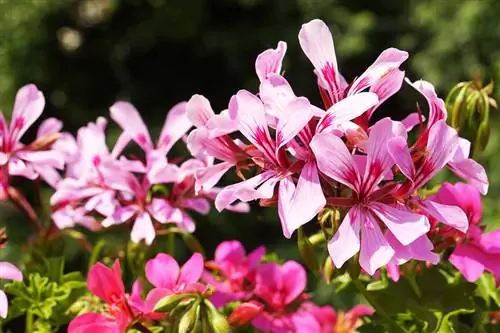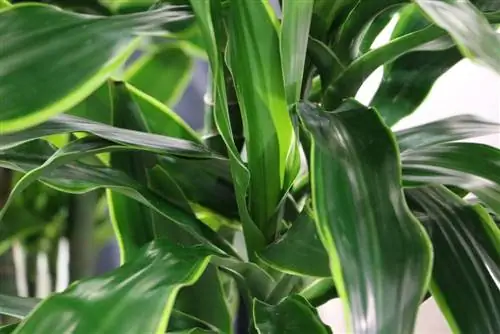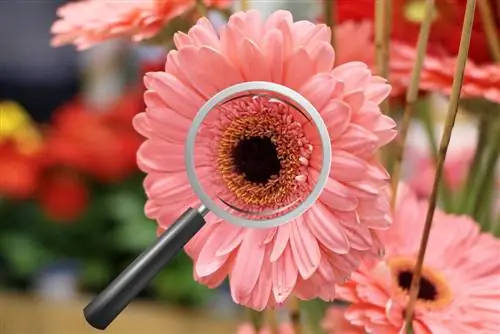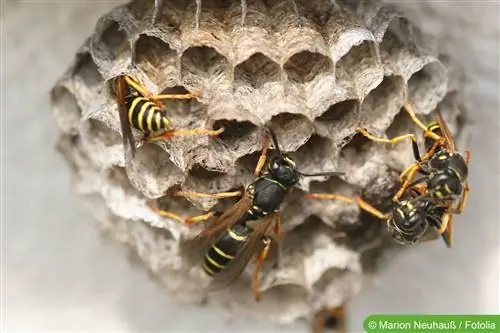- Author admin [email protected].
- Public 2023-12-17 03:39.
- Last modified 2025-01-24 12:45.
Doctors even strongly recommend keeping houseplants to minimize problematic respiratory diseases. Just two or three carefully selected houseplants can reduce allergy symptoms. They enrich the room air and the air we breathe with valuable moisture so that the mucous membranes of the respiratory tract are always well moistened. Certain pathogens, viruses and allergens can be defended much better if you are well prepared.
The positive effects make everyday life easier for allergy sufferers
In the winter weeks, the heating is inevitably activated, which in turn causes a huge amount of dust to swirl into the air in the living rooms. Helpful houseplants such as:
- Ivy and ferns
- Papyrus and Philodendron
- Radiant lily or spider plant
- Window leaf and the evergreen palm trees
ensure balanced humidity. These plants release over 90 percent of the moisture they absorb through irrigation water back into the room air. This means the entire climate in the rooms is significantly improved. If you choose plants with extremely large leaves, you should make sure that they are rinsed regularly in the shower. On the one hand, the respective plant can pursue its nature on one side of the leaf and on the other hand, the dust does not reach the human respiratory tract directly.
Hydroponics enable 'clean' crops
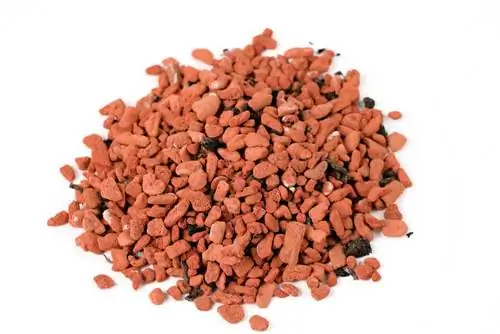
All plants in allergy-suffering households should be kept in the form of hydroponics. Normal potting or potting soil may contain certain substances that can be problematic for some people. With easy-care hydroponics (clay balls), such difficulties cannot arise. Almost all plants can be optimally presented, and watering is also made much easier. An alternative to hydroponics, for example, is a well-covering layer of simple, light-colored sand on the potting soil, which prevents any pollutants from the plant soil from getting into the room air. These small changes in the living area can bring about an immense improvement in the quality of life for allergy sufferers. In addition, houseplants always create a charming atmosphere in any living area.
Unsuitable houseplants for allergy sufferers
Some houseplants are absolutely not suitable for allergy sufferers. For pollen allergy sufferers, for example, flowering plants are also a problem for fragrance allergy sufferers. In particular, these are the popular spring bloomers such as hyacinths. Furthermore, the following are classified as extremely allergenic:
- Tulips
- the Alstroemeria
- cup primroses (Primula obconica)
- Chrysanthemums
- and the delicate birch fig (Ficus benjamina)
- as well as the rubber tree; the latter contain a whitish plant sap, which is supplied to the room air via leaves. The flowering houseplants initially distribute their pollen almost imperceptibly into the air in the living room, which can later lead to serious breathing problems for allergy sufferers. This can make existing allergies significantly worse, so flowering plants are better off on the balcony, terrace or in the garden area. Here, the fragrant flowering plants also serve as nutritious pasture for many insects.
Notes worth noting for people suffering from allergies
The real humidity should under no circumstances exceed 60 percent in all living areas for allergy sufferers. This value can be checked regularly using a hygrometer. If the room humidity increases significantly, there is a risk of mold forming within the premises. Likewise, the mold in flower potting soil is an allergy risk that should not be underestimated. For this reason, hydroponics is an ideal solution. For very sensitive people, for example, we recommend professional environmental advice or an intensive consultation with a personal allergist on the subject of houseplants. If there are no houseplants that can be used as a filter medium in living spaces, a HEPA air filter can take on this important task of air purification.
The ingredients of the following plants trigger allergic reactions
Dieffenbachie
For sensitive people, contact with Dieffenbachia juices can cause skin irritation and swelling of the mucous membranes. As a precaution, you should wear gloves when repotting or pruning plants.
birch fig
On the one hand, the birch fig can filter pollutants from the air. On the other hand, in sensitive people it can be caused by allergenic substances that bind to dust particles on the leaf surface. Inflammation of the mucous membranes and asthma are the result.
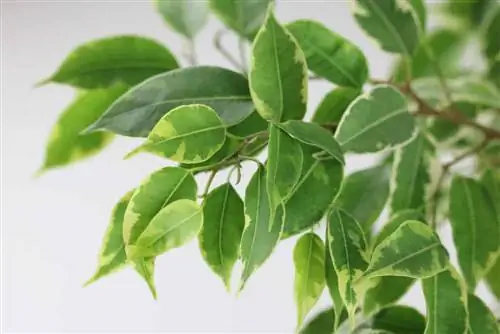
Ficus benjamina is the favorite among green plants. However, people often underestimate the fact, which has now been proven several times, that birch figs can cause allergic reactions. This is felt particularly clearly by flower lovers who suffer from a natural latex allergy.
The reason:
Birch figs excrete latex particles that enter the air we breathe and can cause coughing, shortness of breath and facial swelling. In addition to house dust mites and mold, birch figs are one of the third most common allergy triggers.
Room Calla
Skin redness, including blistering, can be caused by the popular indoor calla lily. However, only if you touch the plant parts intensively. The plant tissue contains s alts of oxalic acid, which act like small needles on the skin.
Wonderbush
Their poisonous milky sap, which irritates the skin and mucous membranes, sends spurge plants such as miracle bush, bottle plant, cat's tail, Christ's thorn and poinsettia into exile.
Allergy sufferers can now breathe a sigh of relief
Cup primroses are known for their toxins, which can cause skin rashes and allergies in sensitive people. It is therefore advisable to avoid skin contact and wear gloves when carrying out care work. Recently, however, plants have been offered that do not contain the allergy-causing substance primin. They are marked by information signs.



